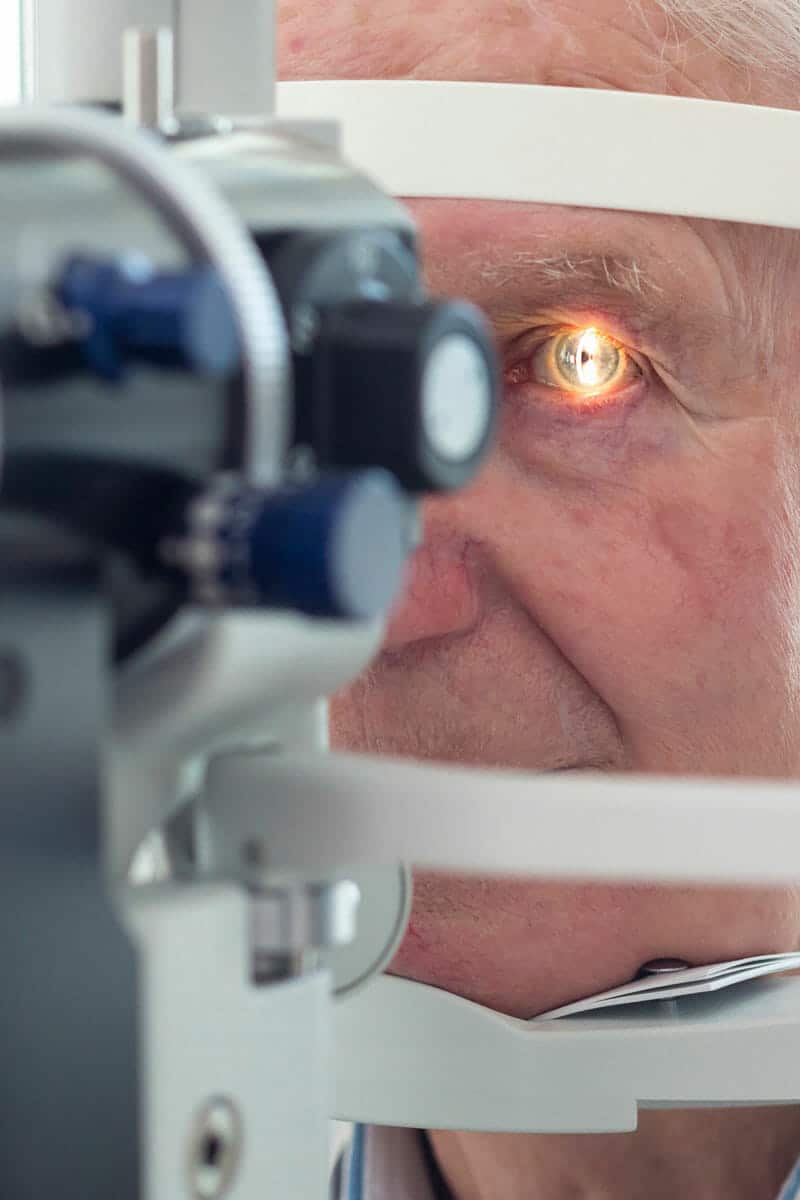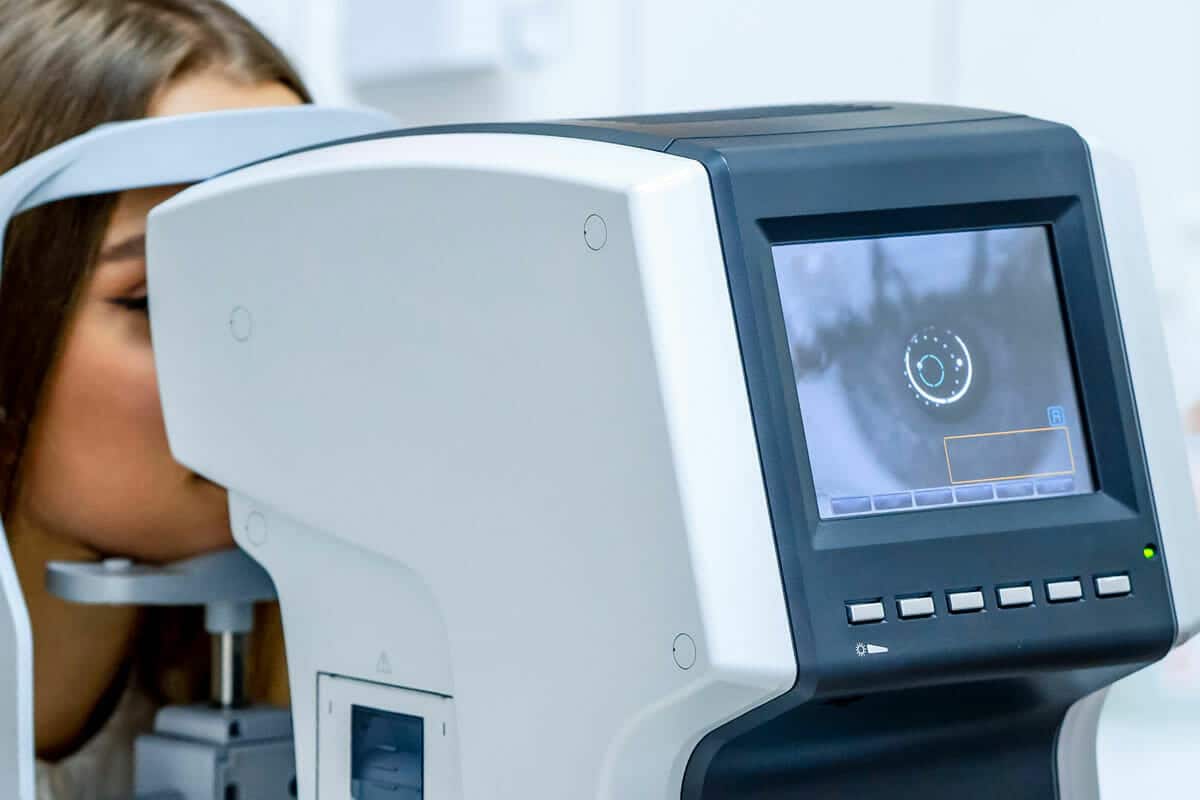The Symptoms Of Cataracts
Initially, cataracts may go unnoticed because they develop slowly over time; however, as they progress, the following symptoms may become more apparent:
Blurred Vision
Cataracts often cause blurred vision as they develop. You may notice that your vision becomes hazy or cloudy, making reading, driving, or performing everyday tasks difficult.
Sensitivity To Light
Cataracts can cause increased sensitivity to light. Bright lights or lights that can cause glare, like sunlight or car headlights, tend to cause the most irritation.
Difficulty Seeing At Night
Many individuals with cataracts experience difficulty seeing in low-light conditions. Night driving may become more challenging due to decreased vision and increased sensitivity to glare.
Faded Colors
Cataracts can affect your perception of colors, making them appear dull or faded. Colors may lose their vibrancy or become less distinguishable from one another.














